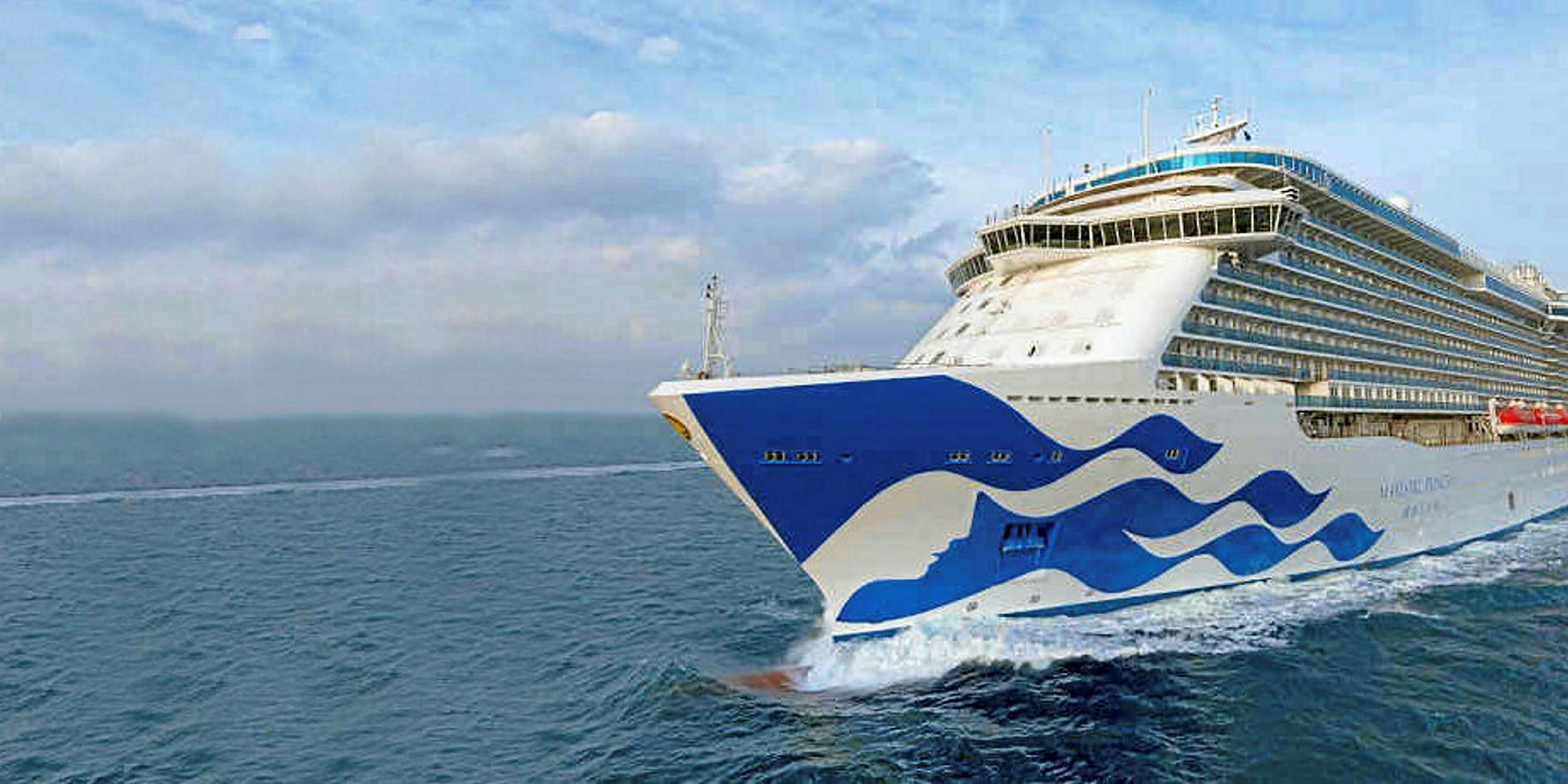Overcapacity and distribution problems in the Chinese cruise market have led to a slowdown in growth as cruise lines withdraw ships and shorten seasonal deployments.
Cruise operators are still putting on a bullish face about prospects for the market, which according to Cruise Lines International Association (CLIA) became the second-largest source of passengers by providing 2.1 million in 2016.
But recently announced Asian deployments indicate that operators are scaling back on Chinese growth amid reports that an overabundance of capacity has led to a significant drop in yields.
Royal Caribbean, the biggest operator in China in terms of capacity with four ships based there, is still going ahead with its plans to send another 169,000-gross-ton (gt) Quantum-class ship to China in 2019. However, next year its presence in China will be cut to three ships as the 138,000-gt Mariner of the Seas (built 2003) is scheduled to return to the Caribbean in April 2018 after completing a winter programme out of Singapore.
Two other Royal Caribbean ships, the 138,000-gt Voyager of the Seas (built 1999) and 169,000-gt Ovation of the Seas (built 2016), will see their winter deployments to Southeast Asia and Australia significantly lengthened, giving them a presence in China only during the peak summer months.
Similarly, Carnival Corp’s Princess Cruises announced last month that its 144,000-gt Majestic Princess (built 2017), a vessel touted as being built exclusively for the Chinese market, will spend six months of the year operating out of Australia beginning in 2018.
Princess’s 116,000-gt Sapphire Princess (built 2004) has not returned to China this year, having been scheduled instead to operate between Japan and Taiwan. The ship moves back to Europe in early 2018.
Other Carnival brands including Carnival Cruise Lines and AIDA Cruises postponed moves into the Chinese market last year and their 2018/2019 deployment plans do not indicate that the idea has been revisited.
Industry sources say that MSC Cruises, which has one ship in China, is reconsidering whether it will send a second ship there in 2018.
Asian cruise observers say that the rush into China has put severe pressure on pricing, and the once high per diem yields have dropped dramatically. Matters have also not been helped by the Chinese government discouraging tourism to South Korea due to an ongoing diplomatic spat, which has left Japan as the only viable destination for ships operating out of northern China ports.
Some industry experts say that the Chinese distribution model, where large Chinese travel retailers charter the ship on a per-cruise basis and market it to their own clients, is also proving problematic. The model leaves the tour operator shouldering all the risk and many have lost large amounts of cash on lightly booked or deeply discounted cruises. Tour operators are reportedly asking the cruise operators to shoulder a higher level of that risk burden, and many have reduced the number of voyage charters.
Dr Liu Zinan, Royal Caribbean’s president of North Asia and China, in a recent interview with Chinese newspaper Beijing Daily, admitted that the Chinese cruise market was facing problems, but said he remained confident about its long-term prospects.
Liu said China's cruise market had now reached a critical period of development, with the distribution channel being the main bottleneck. He added that solving that problem, together with adding more innovative and interesting itineraries and destinations, would put the Chinese market back on the right track.



